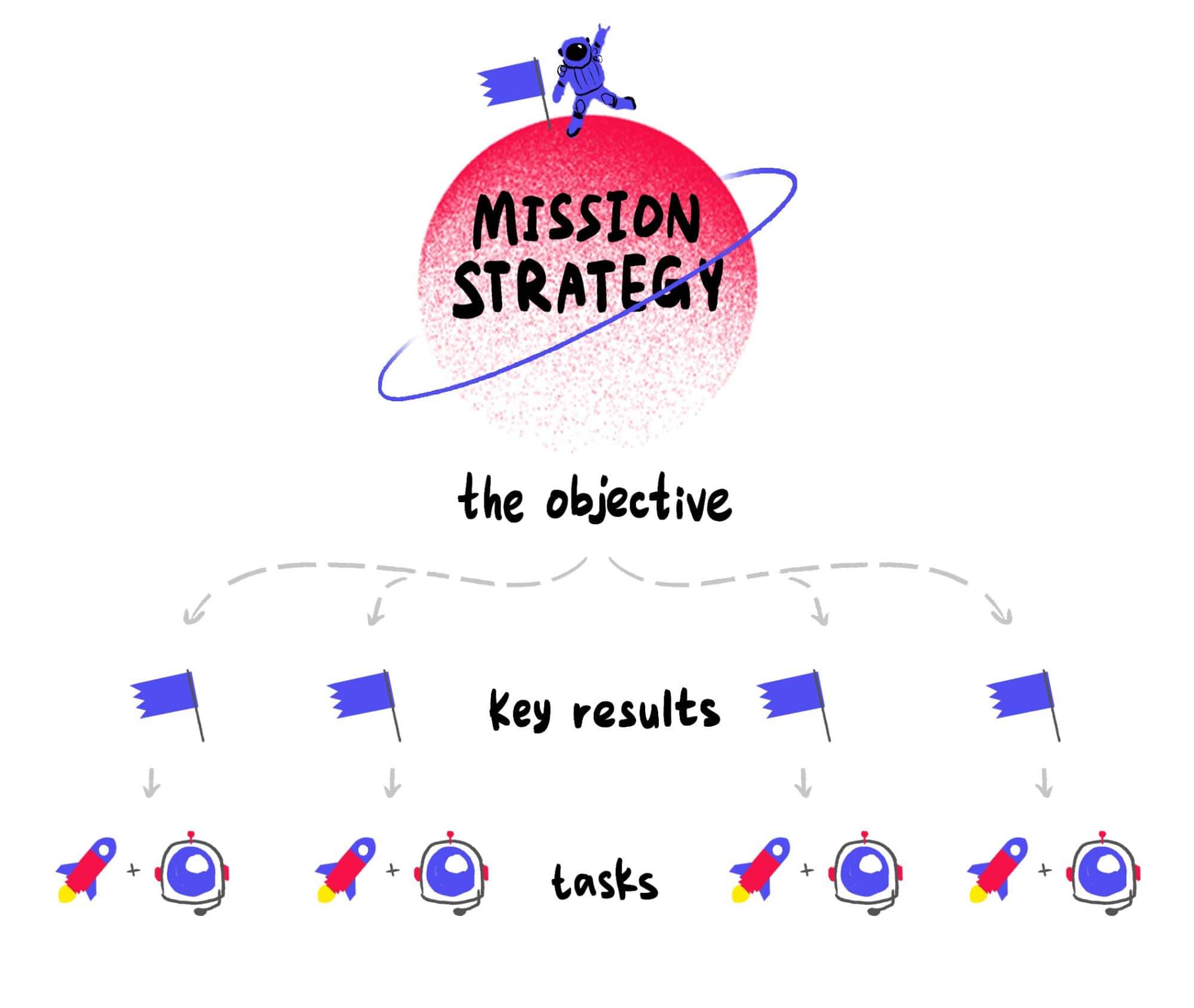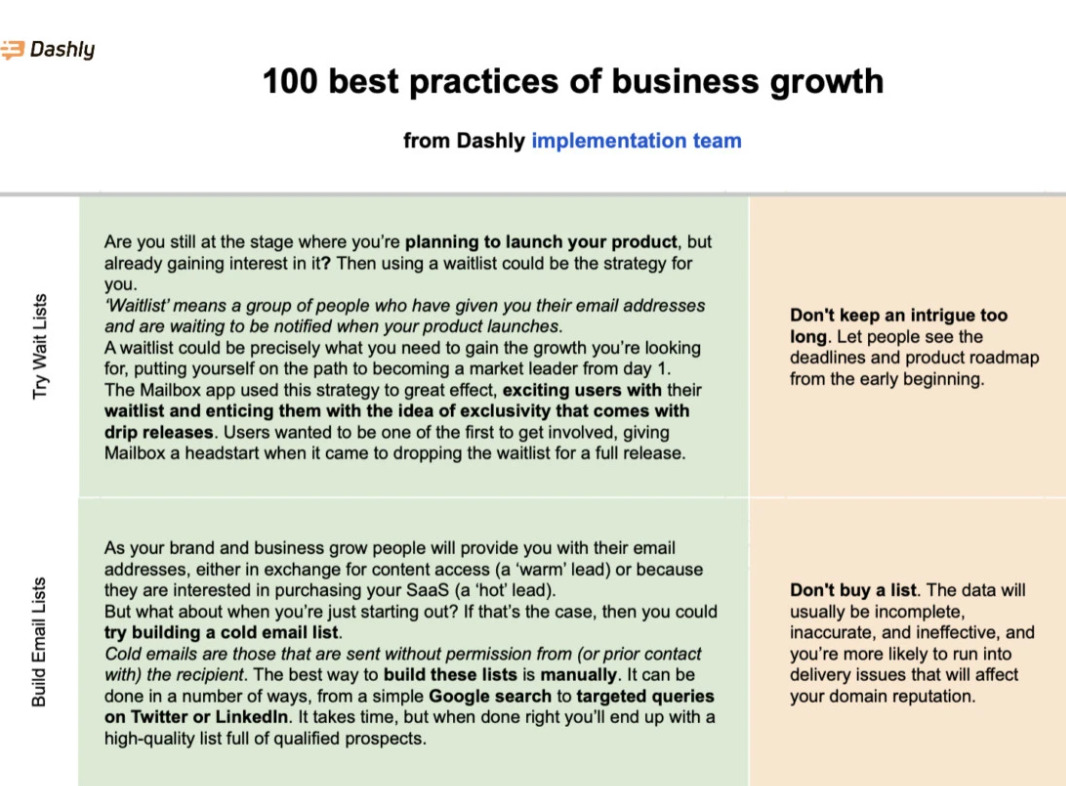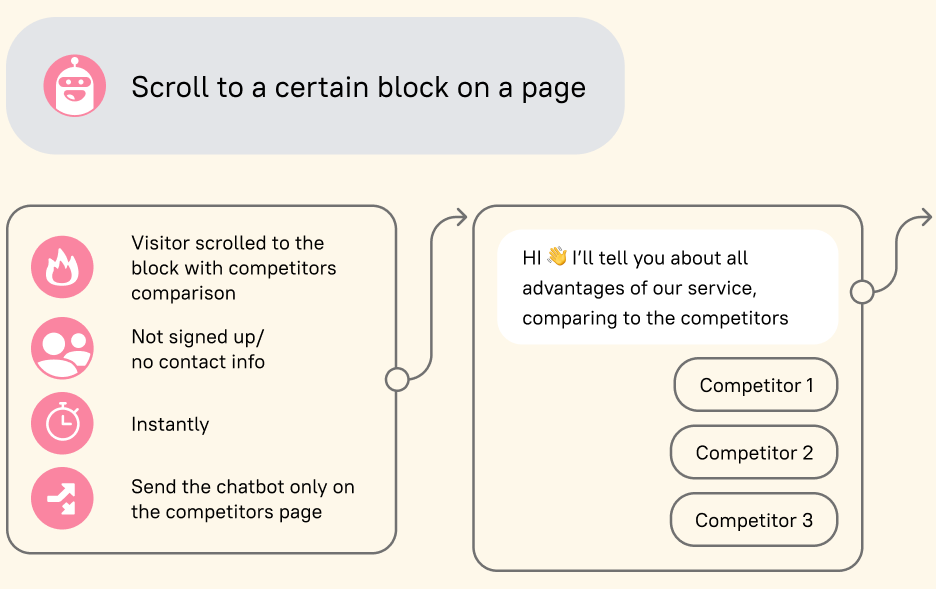Growth Hacking Metrics to track your campaigns performance
Discover the secrets of rapid business growth from a growth marketing expert. What people to hire, how to manage a team, launch experiments, what tools to use, and a list of proven examples to inspire you.

Part 1: Guide to growth marketing explained by a growth hacker
Part 3: Guide to hacking your product led growth marketing
Part 4: 3 rules and 5 must-have roles when building growth marketing team
Part 5: How to produce growth hypotheses
Part 6: Your growth marketing strategy template and examples
Part 8: Growth hacking metrics to track your campaigns performance
Part 10: A secret collection of growth marketing tools
Part 12: 25 Growth Marketing Books
Have you ever tried experimenting with a new marketing strategy or campaign only to have lackluster results? Or worse, felt like you could not know if your efforts were paying off at all?
The truth is, without tracking the right metrics, it’s impossible to truly understand how your marketing strategies impact your business’s growth.
Enter product metrics framework KPIs — the key to unlocking insights to help you make data-driven decisions to optimize your marketing efforts.
But it’s not just about tracking any metric under the sun.
To truly benefit from growth marketing metrics, you’ll need to approach tracking strategically, always considering the hypotheses you’re testing and the insights you want to gain.
In this article, we’ll delve into the importance of tracking during experimentation and highlight some key growth hacking metrics to consider in your marketing efforts. You’ll find out how to:
- set goals with objectives and key results for hacking growth,
- learn more about the LTV metric,
- detect problems in your marketing communications channels,
- calculate ROI and ROMI.
Read also: 25 Growth Marketing Books to Skyrocket Success
OKR Vs. KPI: setting goals with Objectives and Key Results
Are you trying to set goals for your growth marketing team but feeling lost between OKRs and KPIs?
Our article “OKR vs KPI: Why & How to Set Goals with Objectives and Key Results” highlights the critical differences between the two goal-setting methodologies. In a nutshell, OKRs help you define what you want to achieve, while KPIs help you measure how well you are achieving it.
For an even more effective growth strategy, consider Product Led Growth Marketing.

By using OKRs and KPIs together, you can set specific goals for your marketing growth strategy and measure progress toward achieving them.
Read also: Your Growth Marketing Strategy Template with guide and examples
Thanks! Here’s your copy of 100 growth ideas

LTV metric: why you need to know more
In the world of growth marketing metrics, the lifetime value (LTV) metric is one that you must pay attention to. It’s the key metric that tells you how much money a customer is worth to your business over the long term.

By understanding customer’s LTV, you can decide how much to invest in customer acquisition and retention B2B growth hacking strategies.
For example, you may be willing to spend more on acquiring customers with a high LTV. By focusing on these customers, you can maximize the value they bring to your business over time.
As you consider which growth hacking metrics to prioritize, make sure to understand the impact LTV can have on your overall business strategy.
18 business growth experts you should follow this year

What are Growth Loops? How It Can Scale Your Company

Product Led Growth Marketing: hack your product growth

The ROI formula: how to calculate it and why your marketing needs it
Knowing whether your investment is paying off is essential when investing in your business. That’s where the ROI formula comes into play. Include it into your growth hacking canvas.
ROI measures the profitability of an investment by subtracting its initial cost from its current value and then dividing that result by the initial price.
Using this formula, you can get an accurate picture of whether your investment is profitable and make informed decisions about adjusting your investment strategies and apply new growth marketing tips:

Btw, if you need more inspo for your marketing activities, check out our growth marketing playbook!
By keeping track of your ROI over time, you can ensure that you’re making the right choices to achieve business growth.

Get your free example of growth marketing playbook with 40+ templates for successful experiments
The ROMI formula: calculated on a real example
So, if you’re driving growth, you’re likely investing in marketing. But how can you be sure that every growth marketing test is actually paying off?
That’s where the ROMI formula comes in.
ROMI helps you calculate the return on investment (ROI) for all your marketing activities, growth marketing tools and growth marketing services. To do this, you subtract your marketing costs from your revenue and then divide that by your marketing costs:

By tracking your ROMI over time, you can clearly see how effective each growth hypothesis is and adjust them if needed. This way, you can maximize your marketing budget and help drive overall business growth.
Read the article and download our ROMI calculator for free 👇
Thanks! Here’d your copy of the ROMI calculator

Customer Acquisition Cost: detect problems in your marketing communications channels
As you dive into growth marketing metrics, one key concept to focus on is customer acquisition cost (CAC). It’s the cost associated with convincing a customer to buy a product/service. Check out growth hacking examples to convert users more effectively!
Therefore, understanding your CAC is essential in determining the profitability of your business and B2B growth marketing efforts.
By dividing the total cost of acquiring customers by the number of customers acquired, you can determine how much it costs to acquire a single customer:

This information can then be used to determine how much to spend on marketing efforts to reach new customers. As you consider different growth marketing metrics, keep CAC in mind to ensure your SaaS growth hacks drive meaningful results for your business.
Read also: A secret collection of growth marketing services Dashly team uses daily
Summing up
To effectively utilize customer led growth hacking metrics, it’s vital to strategically track the right metrics for your business. This includes:
- Setting goals with OKRs and KPIs;
- Understanding the lifetime value (LTV) and customer acquisition cost (CAC) metrics;
- Calculating ROI and ROMI.
And if you want to enhance your current metrics with growth hacking experiments, take a closer look at Dashly!
Learn how you can optimize costs and grow revenue of your marketing campaigns

Read also:
- Growth marketing vs Performance marketing: What to choose for your business?
- Growth marketing newsletter: 18 expert digests for regular insights
- Skyrocket your company revenue with a complete guide to RevOps Revenue Operations
- RevOps vs Sales Ops: Know the difference
- RevOps tech stack: Guide to the best tools
- Revenue operations metrics: 10 metrics and KPIs to track your performance
- Deep dive into growth marketing analytics with Dashly experts
- 22 SaaS growth hack Facebook tactics to boost your business
- B2B growth marketing: accelerating business success
- Demand Generation vs Growth Marketing: Where to focus?
- Product led growth metrics: 13 key indicators for SaaS companies to track
- PLG tools: Ultimate guide to the best instruments
- Benefits of Product led growth: 12 PLG benefits for your business
- Sales led growth: What is it and why your business needs it
- Growth marketing case studies: 12 stories with detailed tactics and numbers achieved


![25 growth hacking books [recommended by Dashly growth hackers]](https://www.dashly.io/blog/wp-content/uploads/2023/05/Growth-Hacking-Books-720x317.png)





